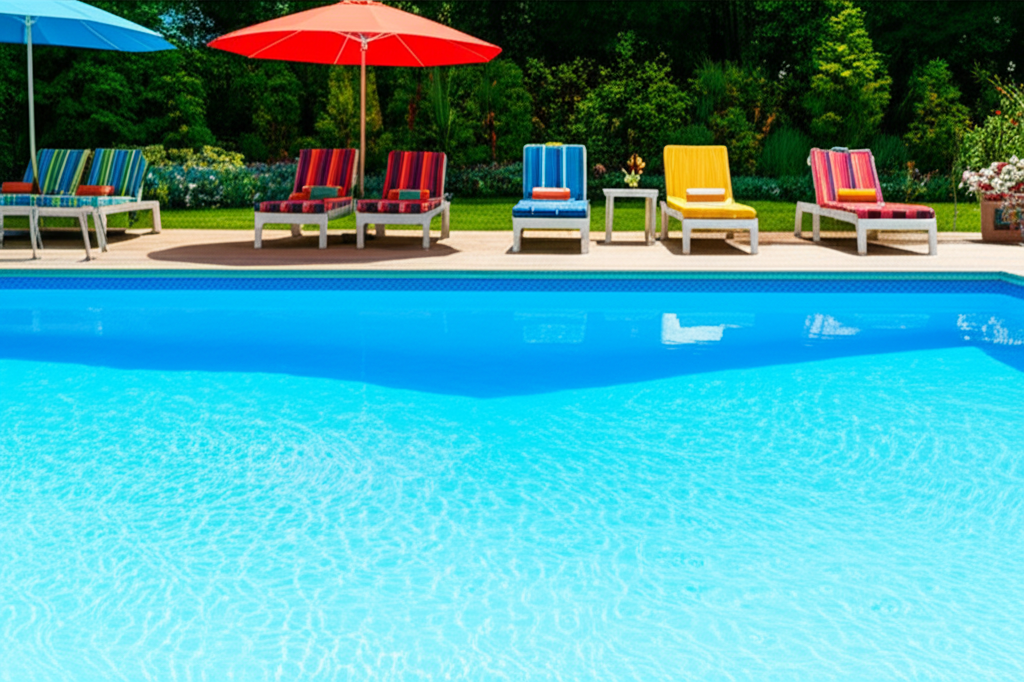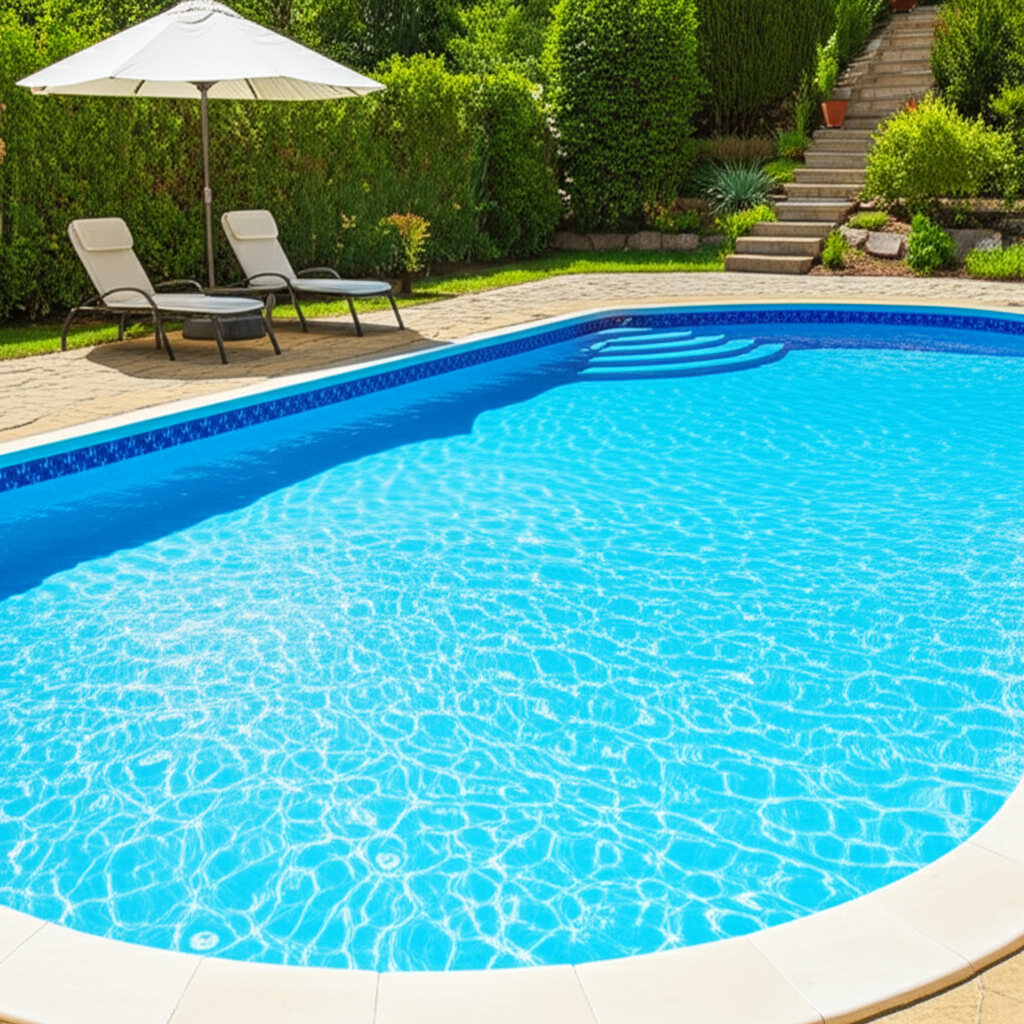- The Initial Investment: Upfront Pool Cost
- Understanding the Ongoing Pool Cost
- Strategies for Managing Your Pool Cost
Pool Cost is often the biggest hurdle for aspiring pool owners. While the dream of a private oasis is alluring, understanding the full financial implications, from initial construction to long-term maintenance, is crucial for truly affordable ownership. This guide will break down every aspect of pool-related expenses, empowering you to make informed decisions and enjoy your personal resort without breaking the bank.
The Initial Investment: Upfront Pool Cost
The most significant portion of your pool cost will be the initial installation. This varies dramatically based on the type of pool you choose:
Above-Ground Pools: These are the most budget-friendly option, typically ranging from $3,000 to $10,000 for the pool kit and basic installation. They are a great entry point for families testing the waters of pool ownership, offering flexibility and easier relocation.
Inground Pools: This is where costs escalate. Inground pools are highly customizable and offer superior aesthetics and durability. Their prices depend heavily on the material:
Vinyl Liner Pools: Generally the least expensive inground option, ranging from $30,000 to $50,000. They offer design flexibility and a smooth surface but require liner replacement every 7-15 years.
Fiberglass Pools: A mid-range option, typically costing $40,000 to $70,000. These come as pre-formed shells, leading to quicker installation and a durable, non-porous surface that resists algae. Customization is limited to shape and size options.
Concrete (Gunite/Shotcrete) Pools: The most durable and customizable, but also the most expensive option, often between $50,000 to $100,000+. Their porous surface requires more chemical maintenance and resurfacing every 10-20 years.
Beyond the pool itself, remember to factor in essential additional expenses for your upfront pool cost:
Permits: Local regulations require permits, adding a few hundred dollars.
Excavation and Site Preparation: Crucial for inground pools, this can vary based on soil conditions.
Decking and Patio: Essential around any pool, materials like concrete, pavers, or wood can add thousands.
Fencing: Required by law in most areas for safety, adding $1,500 to $10,000+ depending on material and size.
Landscaping: Integrates the pool into your backyard, from basic grading to elaborate designs.
Water Features/Accessories: Diving boards, slides, lighting, and waterfalls add to the aesthetic but also the price tag.
Understanding the Ongoing Pool Cost
Once your pool is installed, the financial journey continues with regular operational and maintenance expenses. Understanding the ongoing pool cost is vital for long-term affordability.
Maintenance Expenses:
Chemicals: Chlorine, pH adjusters, alkalinity increasers, shock treatments, algaecides – these are essential for water sanitation and balance. Expect to spend $300 to $600 annually on chemicals for an average-sized pool.
Cleaning Equipment: Brushes, nets, vacuum heads, hoses, and pole – these might be an initial purchase but last for years.
Professional Cleaning Service: If you prefer to outsource, weekly or bi-weekly services can range from $100 to $200 per month, depending on location and service level.
Utility Costs:
Electricity: The pump and filter system are the biggest power consumers. Running a standard pump 8-12 hours a day can add $50 to $150+ per month to your electricity bill, especially in warmer months. Variable speed pumps can significantly reduce this.
Water: Evaporation, splash-out, and backwashing mean you’ll regularly need to top off your pool, incurring water usage charges.
Heating: If you heat your pool, this will be a major utility cost. Gas heaters are powerful but expensive to run (potentially hundreds per month). Electric heat pumps are more efficient but slower, while solar covers or solar heating systems offer the most energy-efficient options, reducing or eliminating heating costs entirely after the initial setup.
Repairs and Replacements:
Filters: Cartridges need periodic replacement (every 1-3 years for around $50-$200), sand filters need new sand every 5-7 years.
Pumps: Can last 8-15 years but might need motor replacement sooner.
Heaters: Can last 10-15 years, but repairs are common.
Vinyl Liners: As mentioned, these need replacement every 7-15 years, costing $4,000 to $8,000.
Concrete Resurfacing: Every 10-20 years, a concrete pool will need resurfacing, a substantial expense.
Insurance: Owning a pool can increase your homeowner’s insurance premiums, as it adds a liability risk. It’s wise to review your policy and potentially increase your liability coverage.
Strategies for Managing Your Pool Cost
Affordable pool ownership isn’t just about the initial outlay; it’s about smart management of ongoing expenses.
Choose Wisely Upfront: A smaller pool, an above-ground option, or a vinyl liner inground pool will have lower initial and often lower long-term maintenance costs than a large gunite pool with extensive features.
Embrace Energy Efficiency: Invest in a variable speed pump, which can cut electricity consumption by up to 90% compared to single-speed models. Consider a solar cover or a heat pump for heating to drastically reduce utility bills. LED lighting uses less power than traditional incandescent bulbs.
DIY Maintenance: Learn to test water chemistry, clean your pool, and perform minor maintenance tasks yourself. This can save you hundreds, if not thousands, annually in professional service fees.
Regular Preventative Care: Consistent cleaning and chemical balancing prevent larger, more expensive issues like severe algae blooms or equipment damage.
Utilize a Pool Cover: A good pool cover reduces evaporation (saving water and chemicals) and helps retain heat, drastically cutting down on heating costs. It also keeps debris out, lessening cleaning time.
Winterize Properly: In colder climates, proper winterization is crucial to prevent freeze damage to pipes and equipment, which can lead to very costly repairs.
* Shop Around: For major installations or repairs, always get multiple quotes from reputable contractors to ensure you’re getting competitive pricing.
In conclusion, while the dream of a backyard pool comes with a significant financial commitment, thoughtful planning and proactive management can make pool ownership surprisingly affordable. By understanding the initial investment, anticipating ongoing expenses, and implementing smart strategies, you can transform your backyard into an enjoyable aquatic retreat that brings years of joy without becoming a financial burden.




